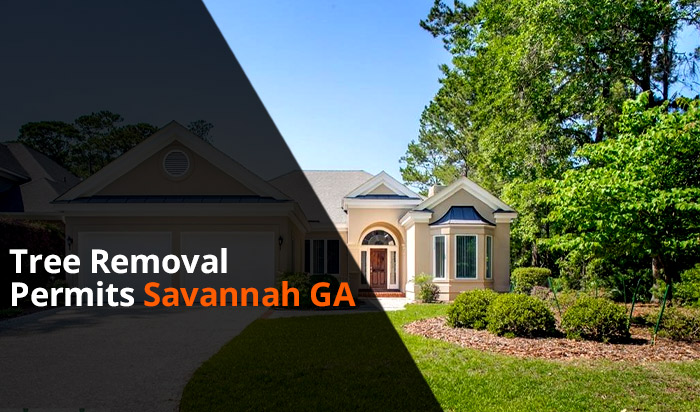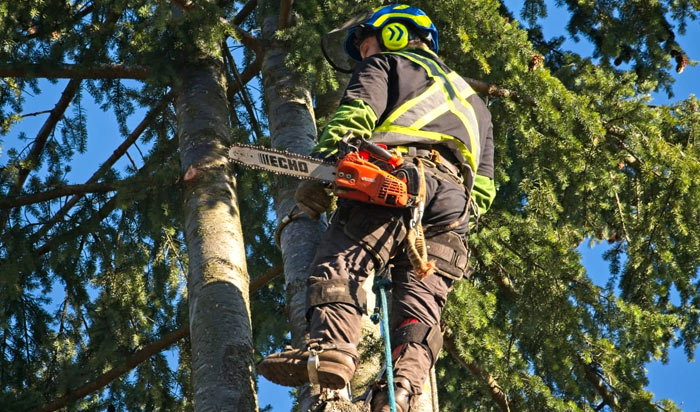Savannah tree ordinance has set rules and regulations governing the protection of preserved and planted trees.
You will need a permit to remove a tree on your property in the city of Savannah.
To find out more information about tree removal requirements, keep reading this article. You can also visit Savannah city codes to understand the guidelines entirely.

What we cover
ToggleDo I need a permit to remove trees on public property?
Yes. Before any public tree is removed, the administrator has to provide written approval. Any public tree removed or damaged is subject to compensation to the city. This can be through the replanting of another tree of the same value or paying an amount equivalent to the value of the tree removed.
Can I remove protected trees in the city of Savannah?
Yes. You can remove protected trees in the city of Savannah provided you have a permit from the administrator. The administrator should approve protected trees that sit on both public and private property before removal. The city covers any tree, even on public property, that has the following features:
- On underdeveloped property, any tree more significant than 2 inches in diameter at breast height.
- On developed property, any tree equal or greater than 12 inches in diameter at breast height except for single-family residential lots.
- Any tree retained for Tree Quality Points or green space requirements.
- Any tree in wetlands
- Any tree designated as a “Specimen Tree” or an “Exceptional Tree”.
Designation of a Specimen Tree in Savannah City
For a tree to be termed as a “Specimen Tree”, it has to have the following characteristics;
- Preferred large canopy tree specimen
- Over 24 inches in diameter at breast height
- It has to have an average proportion.
- Should be free of disease, pests, or injuries
- Should have a life expectancy of at least 10 years

Designation of an Exceptional Tree
The tree is nominated through a written request to the Park and Trees director. The Park and Trees Commission reviews the nomination, and the final decision is confirmed or denied by the city manager.
The procedure for a tree to be termed as Exceptional in the city of Savannah
The tree is nominated through a written request to the Park and Trees director. The Park and Trees Commission reviews the nomination, and the final decision is confirmed or denied by the city manager.
Who is responsible for Savannah city trees?
The property owner is responsible for any land-disturbing activities within proximity to the root zone of the tree located on the city property. If the action affects the tree’s health in any way, the property owner is to compensate in the following ways:
- Plant or preserve trees on site that are equivalent to the value of the tree removed.
- Plant trees to equal or exceed the value of the damaged one.
- Make payments for acting as a refund to the city for the removal or damage caused.
- Make any equivalent combinations of the above.
Before compensating, the city has to approve the method. The owner is to submit revised tree protection and tree establishment plan which incorporates the approved compensation plan to the administrator.
Violation of Savannah ordinance
For any violations of the city code, the director issues a written or oral notice to the person in violation identifying the nature and location of a breach.
The director is to specify remedial actions necessary to make the violation into compliance. The person is given 7 days after receiving notice to comply.
What are the penalties for violation Savannah ordinance?
The violator is punished per the city code. The tree damage fees are specified in the city of Savannah’s annual Revenue ordinance. Every day similar violations are considered separate offenses.
Tree Services by City in GA











